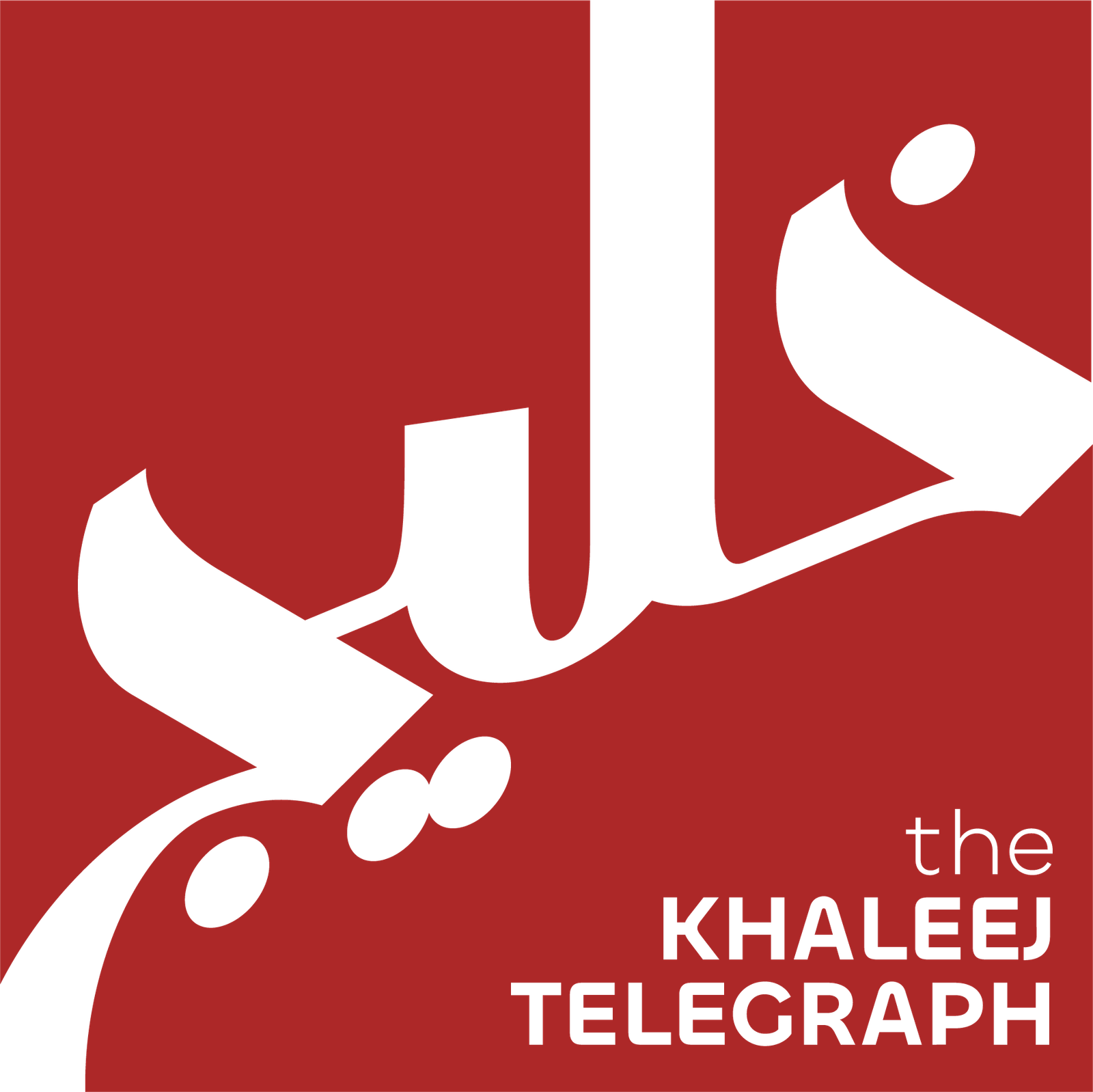The gap in daily living between Iraq and Kurdistan is becoming increasingly clear. While both regions share deep cultural roots, their lifestyles continue to move in different directions. Kurdistan lifestyle vs Iraq is now a real point of discussion, especially among youth and families.
In Baghdad, Basra, and Najaf, tradition shapes daily life. People rely on close family ties and religious values. However, economic difficulties, poor services, and political instability still affect the rhythm of life. Crowded streets, limited job opportunities, and slower development are part of the daily experience.
Meanwhile, life in the Kurdistan Region offers a different picture. Cities like Erbil and Sulaymaniyah enjoy better services and more public safety. Malls, parks, and cafés attract large crowds, especially young people. Women are more active in public roles. You often see them working, socializing, and participating in local events.
Kurdistan lifestyle vs Iraq also plays out in fashion, language, and education. Kurdish cities embrace modern trends with a European touch. Schools offer more learning options, and Kurdish is widely used in daily life. In contrast, many parts of Iraq still follow a conservative model. Change comes more slowly there.
Moreover, the Kurdish region enjoys greater political stability. That allows for stronger tourism, cleaner infrastructure, and growing investment in local projects. Many Iraqis from the south even travel north for short vacations. They seek the cleaner environment, better roads, and improved services.
Technology has significantly helped bridge the gap. As a result, people across Iraq can now easily see how life looks in Erbil or Duhok. Moreover, social media often highlights the contrast between the regions. Consequently, many influencers compare the two lifestyles side by side.
Even though Iraq and Kurdistan share a national identity, their paths are no longer the same. Today, many believe that Kurdistan lifestyle vs Iraq reflects a better quality of life in the north.


